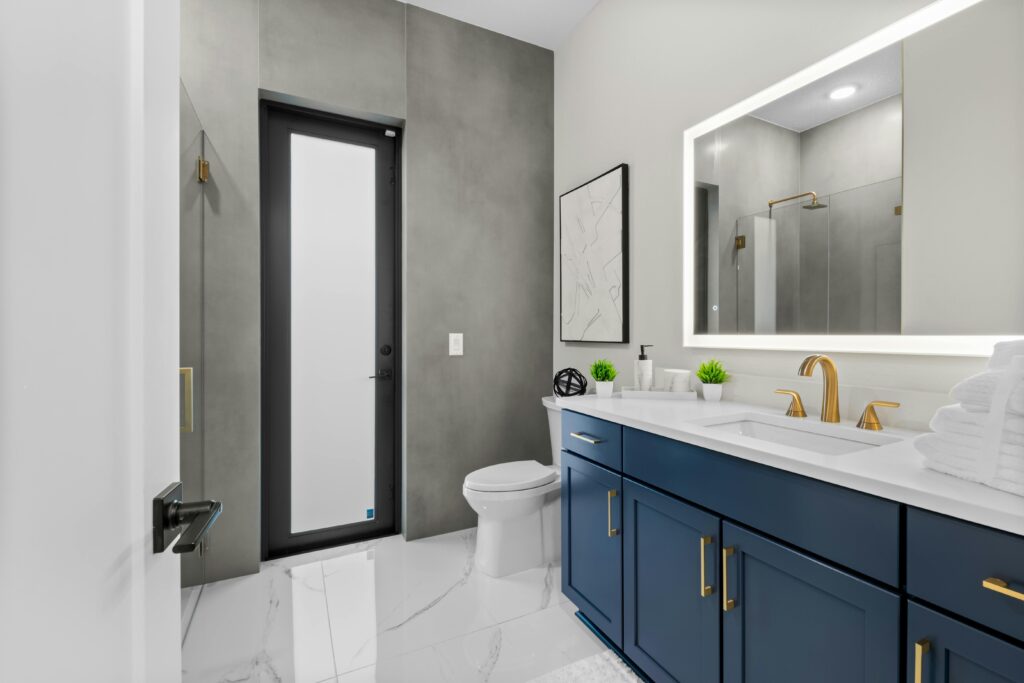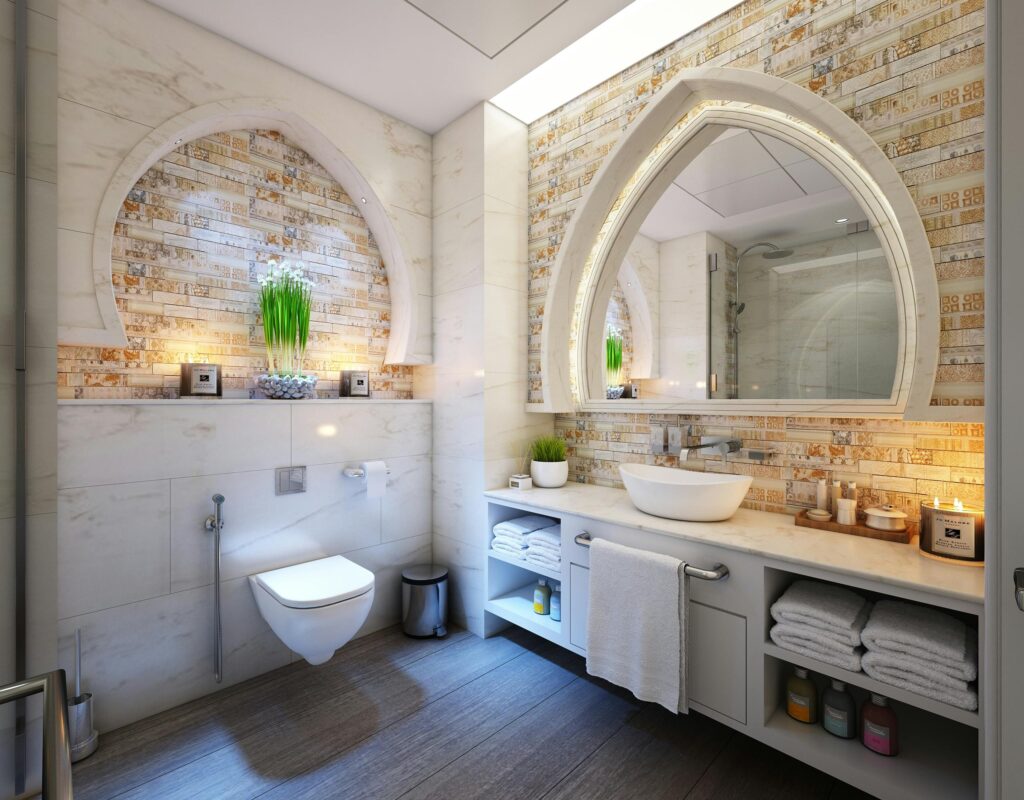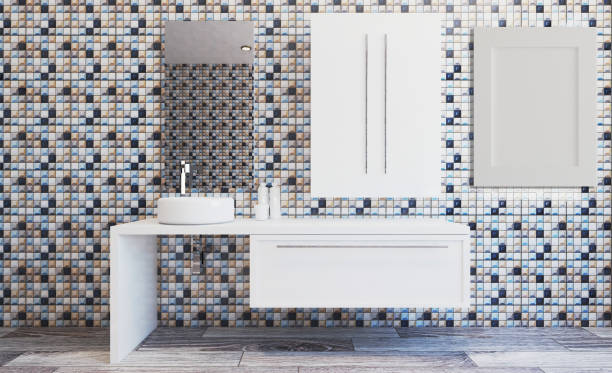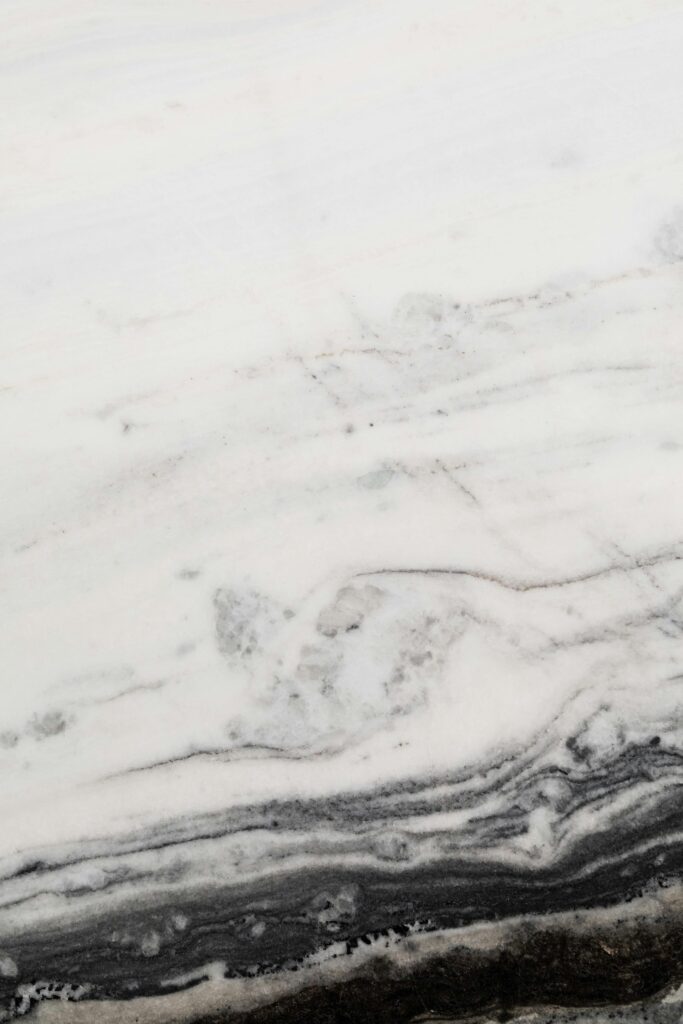Table of Contents
- Introduction to The Best Toilet Tiles
- Why Choosing the Right Toilet Tiles Matters
- Types of Toilet Tiles
- Ceramic Tiles
- Porcelain Tiles
- Vinyl Tiles
- Marble Tiles
- Factors to Consider When Choosing Toilet Tiles
- Durability and Maintenance
- Size and Shape
- Style and Design
- Cost and Budget
- Best Toilet Tiles for Small Bathrooms
- Best Toilet Tiles for Large Bathrooms
- How to Install Toilet Tiles: A Step-by-Step Guide
- Common Mistakes to Avoid When Choosing Toilet Tiles
- FAQs About Toilet Tiles
- Final Thoughts
Introduction to Toilet Tiles
Toilet tiles play an essential role in the overall design and functionality of your bathroom. Not only do they enhance the look of your space, but they also provide a surface that is easy to clean, durable, and resistant to moisture. Choosing the best tiles for your toilet area can make all the difference in the longevity and aesthetics of your bathroom.
Tiles in the toilet area should be practical, water-resistant, and able to withstand the rigors of frequent use. They should also complement the overall style of the bathroom. In this guide, we’ll cover the best types of toilet tiles, what factors to consider, and tips for installation.
Why Choosing the Right Toilet Tiles Matters
Choosing the right toilet tiles is not just about aesthetics; it’s also about functionality and maintenance. Since the toilet area is exposed to high levels of moisture, the right tiles can help prevent mold and mildew buildup. Moreover, the materials you choose will impact how easy it is to clean your bathroom and maintain the tiles’ appearance over time.

A poorly chosen tile can result in water damage, staining, or a lackluster bathroom that doesn’t reflect your personal style. Therefore, making an informed decision is crucial for creating a beautiful and lasting bathroom design.
Types of Toilet Tiles
When selecting the best tiles for your toilet, there are various options to consider. Each type of tile has its own unique characteristics, and the choice will depend on your bathroom’s size, design, and functional needs.

Ceramic Tiles
Ceramic tiles are among the most common choices for bathroom floors and walls due to their durability, versatility, and affordability. They are made from clay and are kiln-fired to create a smooth, hard surface. Ceramic tiles come in a wide range of colors, patterns, and textures, making them ideal for any bathroom style.
Advantages:
- Affordable and readily available
- Water-resistant and easy to clean
- Available in various designs, shapes, and sizes
- Low maintenance
Disadvantages:
- Can be slippery when wet (especially when used for flooring)
- Prone to cracking if heavy objects are dropped on them
Porcelain Tiles
Porcelain tiles are similar to ceramic tiles but are denser and more water-resistant. Made from a refined clay mixture, these tiles are fired at higher temperatures, making them stronger and more durable than regular ceramic tiles. Porcelain tiles are perfect for high-moisture areas like the toilet because of their water-resistant properties.
Advantages:
- Highly durable and resistant to wear and tear
- Low maintenance
- Available in various finishes, including matte, glossy, and textured
- Great for high-moisture environments
Disadvantages:
- More expensive than ceramic tiles
- Installation can be more challenging due to their density
Vinyl Tiles
Vinyl tiles are a popular option for budget-conscious homeowners. They are made from synthetic materials that mimic the look of wood, stone, or ceramic tiles. Vinyl tiles are flexible, easy to install, and water-resistant, making them an excellent choice for bathrooms and toilets.
Advantages:
- Affordable and easy to install
- Water-resistant and comfortable underfoot
- Variety of designs and finishes available
- Low maintenance
Disadvantages:
- Not as durable as porcelain or ceramic tiles
- Can discolor or warp over time with exposure to direct sunlight
Marble Tiles
For a more luxurious look, marble tiles are an elegant choice. These natural stone tiles come in various colors and veining patterns, offering a unique and sophisticated appearance. While marble tiles are often used for countertops and high-end bathrooms, they can also be used effectively in the toilet area.

Advantages:
- Elegant and timeless appearance
- Unique veining patterns and color variations
- Adds value to your home
Disadvantages:
- Expensive and requires regular sealing
- Prone to staining if not properly maintained
Factors to Consider When Choosing Toilet Tiles
Selecting the best toilet tiles involves considering several factors to ensure that they are both functional and stylish. Here are the most important elements to keep in mind.
Durability and Maintenance
One of the most important factors when choosing toilet tiles is their durability. Since the bathroom is a high-moisture environment, the tiles should be resistant to water damage, stains, and wear. Porcelain and ceramic tiles are ideal for this, but you should also consider the surface finish—matte finishes are often better for hiding dirt and water spots compared to glossy finishes.
Size and Shape
The size and shape of the tiles can significantly affect the look of your toilet area. Larger tiles tend to make a small space feel more open, while smaller tiles create a more intricate design. Additionally, you can play with shapes—hexagons, subway tiles, and even mosaic patterns can add visual interest.
Style and Design
Your tiles should complement the overall aesthetic of your bathroom. Whether you prefer a minimalist, modern look or a more traditional design, there are plenty of options available. White and neutral-colored tiles are timeless and versatile, while bold colors and patterns can make a statement.
Cost and Budget
The price of toilet tiles varies greatly depending on the material, size, and design. While ceramic and vinyl tiles are more affordable, natural stones like marble can be quite expensive. Make sure to set a realistic budget and choose tiles that fit within your price range while still meeting your design and functionality needs.
Best Toilet Tiles for Small Bathrooms
Small bathrooms require careful design choices to maximize space and functionality. Here are some of the best toilet tiles for small bathrooms:
- Subway Tiles: Classic and versatile, subway tiles create a clean, timeless look that works well in compact spaces.
- Larger Tiles: Opt for larger porcelain or ceramic tiles to reduce the number of grout lines and make the space feel more expansive.
- Light Colors: Light-colored tiles, such as whites, creams, or pastels, help create an illusion of a larger space.
- Mosaic Tiles: If you want to add texture and visual interest, mosaic tiles in small spaces can create a striking effect.

Best Toilet Tiles for Large Bathroom
Larger bathrooms offer more design flexibility. Here are some tile options that work well for spacious toilet areas:
- Marble Tiles: For a luxurious, sophisticated feel, marble tiles add elegance and beauty to a large bathroom.
- Bold Patterns: Large-format tiles with bold patterns or textures can make a statement and elevate the design of your toilet area.
- Stone Tiles: Natural stone tiles, such as slate or travertine, work well in larger bathrooms, giving the space an organic and upscale feel.
How to Install Toilet Tiles: A Step-by-Step Guide
Installing toilet tiles can be a rewarding DIY project, but it requires careful preparation and attention to detail. Here’s a simple guide to get you started:
- Prepare the Surface: Clean the area and ensure the surface is smooth, dry, and free of debris.
- Plan the Layout: Measure and dry-lay your tiles to determine the best layout.
- Apply Adhesive: Use a tile adhesive to spread an even layer on the floor or wall.
- Place Tiles: Start laying tiles from the center and work outward.
- Cut Tiles: Use a tile cutter or wet saw to cut tiles to fit around edges and corners.
- Grout: Once the tiles are set, apply grout between the tiles and remove any excess.
- Seal: After the grout has dried, seal the tiles to protect against moisture.
Common Mistakes to Avoid When Choosing Toilet Tiles
When selecting toilet tiles, avoid these common mistakes:
- Choosing the wrong size: Too large or too small tiles can throw off the balance of your design.
- Ignoring slip resistance: Always check for slip resistance, especially for flooring tiles.
- Not considering maintenance: Tiles that require constant maintenance can be a hassle in the long run.
- Overlooking moisture resistance: Choose tiles that are resistant to water and stains.
Additional Tips for Choosing the Best Toilet Tiles
When selecting toilet tiles, it’s important to not just focus on the aesthetic aspect, but also on factors such as ease of cleaning, the durability of the materials, and how well the tiles fit with the overall ambiance of your bathroom. Here are some additional tips to consider when making your choice:
1. Consider the Overall Bathroom Theme
When choosing your toilet tiles, keep in mind the theme or style of your entire bathroom. Are you going for a modern, minimalist aesthetic or a more traditional, vintage look? The design of your toilet tiles should complement the other elements of your bathroom, such as the sink, shower, and lighting fixtures. For example:
- Modern bathrooms: Opt for sleek, neutral-colored tiles like white, black, or gray, with minimal patterns.
- Traditional bathrooms: Tiles with classic patterns, such as hexagonal or subway designs, might be a great choice to evoke an elegant and timeless vibe.
- Rustic or natural bathrooms: Stone tiles, such as travertine or slate, work beautifully in creating a warm, earthy ambiance.

2. Think About Tile Texture
Texture plays a crucial role in not just the aesthetics, but also the safety and comfort of your toilet area. Certain textures help prevent slipping, which is important in a wet environment. For example:
- Matte finish tiles: These are great for bathroom floors as they provide additional grip.
- Glossy finish tiles: Glossy tiles, while beautiful and often used for walls, can be slippery when wet, so they are better suited for dry areas or bathroom walls.
Additionally, textured tiles can add depth and interest to the toilet area. You might consider adding tiles with subtle textures, like raised patterns or 3D surfaces, for visual appeal.
3. Grout Color Matters
The grout you use between your tiles can significantly impact the overall look of your bathroom. While white grout is a classic choice, darker grout colors can give a modern and clean look, especially in larger bathrooms. Darker grout also hides stains and dirt better, which is an important factor to consider for toilet areas where cleanliness is crucial.
For a more seamless and cohesive appearance, opt for grout that matches the color of your tiles. For a contrasting or eye-catching effect, you could experiment with grout colors that stand out against the tiles.
4. Eco-Friendly Tile Options
If you’re concerned about environmental sustainability, there are eco-friendly tile options available. Look for tiles made from recycled materials or those that are produced using low-energy manufacturing processes. Many brands now offer sustainable options like bamboo-based vinyl tiles or tiles made from reclaimed ceramic materials.
How to Care for Toilet Tiles
Maintaining the beauty and functionality of your toilet tiles requires regular care and attention. While the tiles themselves are durable, the grout lines are more vulnerable to staining, dirt accumulation, and moisture damage. Follow these care tips to ensure that your tiles stay looking their best:
Regular Cleaning
To prevent grime buildup, clean your tiles regularly. For ceramic and porcelain tiles, use a mild detergent and warm water. For natural stone tiles like marble or travertine, use a pH-balanced cleaner designed specifically for stone surfaces. Avoid harsh chemicals that could damage the tile or grout.
Deep Cleaning
At least once a month, perform a deeper cleaning to ensure that your tiles remain in top condition. You can use a mixture of vinegar and baking soda for stubborn stains on grout lines, but avoid using vinegar on natural stone tiles like marble, as it can cause discoloration.
Grout Maintenance
Grout is highly porous and prone to staining. It’s a good idea to seal grout lines regularly to prevent moisture from seeping into the grout and causing mold or mildew buildup. You can find grout sealers at most home improvement stores. Additionally, if you notice any grout discoloration, use a grout cleaner to restore its appearance.
Re-sealing Natural Stone Tiles
If you’ve opted for natural stone tiles like marble or granite, you must re-seal them periodically to protect them from stains and moisture. Follow the manufacturer’s recommendations for sealing frequency, which is typically every 6-12 months.

Expert Insights: What Do Professionals Recommend?
We reached out to a few bathroom design experts to gather their insights on choosing the best toilet tiles:
Expert 1 – Sarah Jenkins, Interior Designer
“Porcelain and ceramic tiles are always my go-to recommendations for toilet areas. They are easy to clean, durable, and available in such a wide range of designs. If you’re looking for something more luxurious, marble tiles can add a touch of elegance, but make sure to maintain them properly, especially when used in wet areas like the toilet.”
Expert 2 – David Thompson, Bathroom Renovation Specialist
“Choosing the right tile can dramatically impact both the functionality and the aesthetic of the bathroom. For small spaces, I love using larger tiles to make the area feel more spacious. Light-colored tiles can make a huge difference in how the space feels, so don’t shy away from whites, light blues, or soft grays.”
Expert 3 – Emma Williams, Tile Supplier
“Investing in high-quality tiles, especially for moisture-prone areas like the toilet, can save you money in the long run. It’s essential to consider both the design and the durability of the material. I would also suggest looking into slip-resistant tiles for the floor, especially if you have young children or elderly family members.”
How to Choose the Best Toilet Tiles Based on Your Budget
When renovating your bathroom, setting a realistic budget is crucial to ensuring that you get the best value for your money. Here’s a breakdown of what you can expect from different tile materials based on cost

Budget-Friendly Options:
- Ceramic Tiles: One of the most affordable options. A great choice for those on a budget while still wanting a quality, easy-to-maintain surface.
- Vinyl Tiles: Vinyl is often the least expensive material, making it ideal for those with a tight budget, but it can still provide a stylish finish.
Mid-Range Options:
- Porcelain Tiles: Slightly more expensive than ceramic, porcelain tiles are highly durable and offer excellent water resistance. They are a great middle-ground choice.
- Textured Tiles: If you want a bit more design flair without going over budget, textured porcelain or ceramic tiles can offer great value for money.
High-End Options:
- Marble Tiles: A luxurious material, marble can get pricey. However, it’s highly sought after for its elegance and sophistication. It’s a worthy investment for upscale bathroom designs.
- Natural Stone Tiles: Other stone tiles, such as granite, slate, or travertine, come with a higher price tag but provide unique aesthetics and long-lasting durability.
Final Thoughts
The right toilet tiles can elevate your bathroom design and create a space that is both beautiful and functional. Whether you’re renovating a small guest bathroom or transforming a large master suite, choosing the best tiles involves considering factors like durability, maintenance, design, and budget.
Porcelain and ceramic tiles are ideal for most toilet areas due to their durability and water resistance, but other options like marble or vinyl may be better depending on your specific needs and preferences. Always remember to choose tiles that match the overall aesthetic of your bathroom, are easy to maintain, and can withstand the wear and tear of frequent use.
By following the expert insights and tips shared in this guide, you’ll be well-equipped to make a confident decision when selecting the best toilet tiles for your bathroom.
Call to Action: Ready to start your bathroom renovation? Browse a wide range of premium toilet tiles today and transform your space into a stylish, functional haven!
FAQs About Toilet Tiles
Q: How do I clean toilet tiles? A: To clean toilet tiles, use a mild detergent and water. Avoid harsh chemicals that can damage the grout or tiles. For tough stains, try a mixture of baking soda and vinegar.
Q: Can I use marble tiles in the toilet area? A: Yes, but marble tiles require regular sealing to protect them from water damage and stains.
Q: What are the most affordable toilet tiles? A: Ceramic and vinyl tiles are typically the most affordable options for toilet areas.

